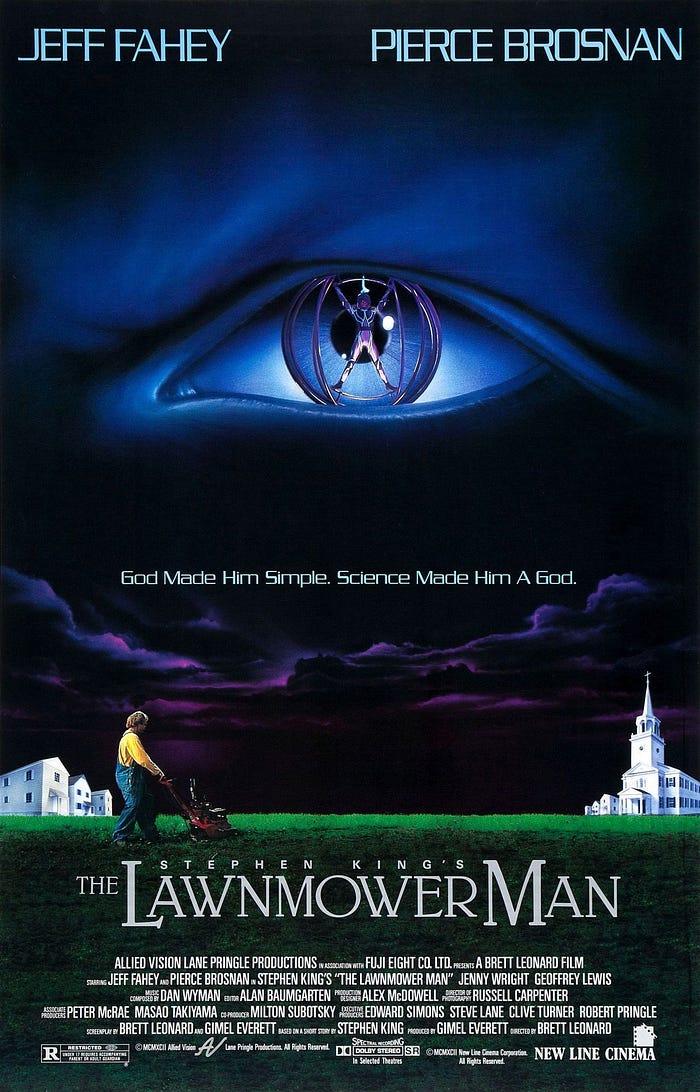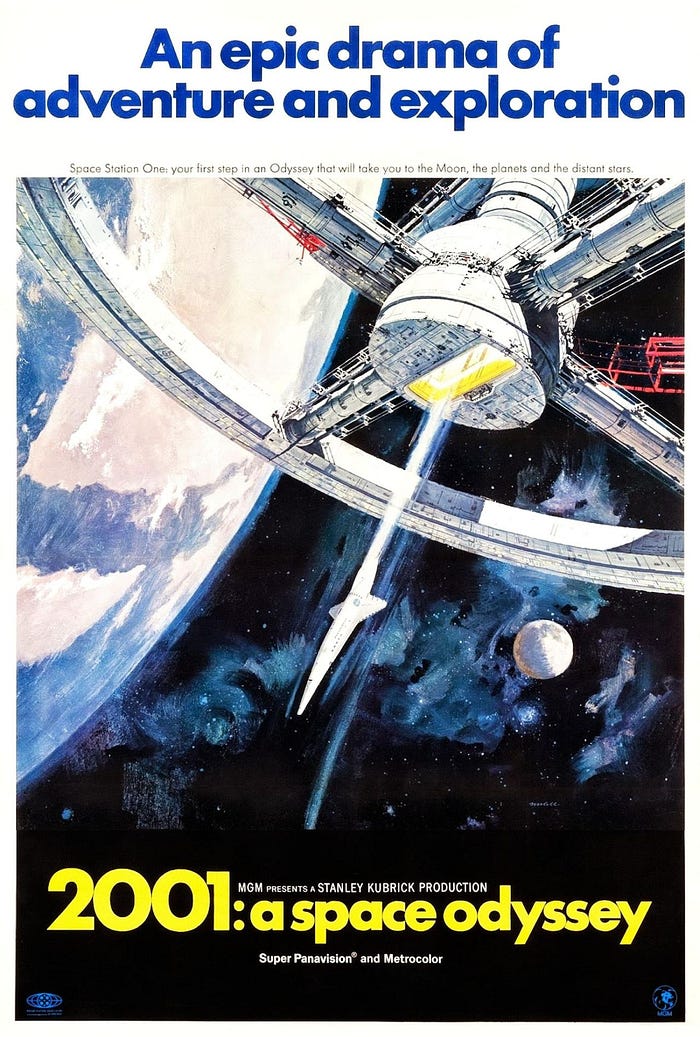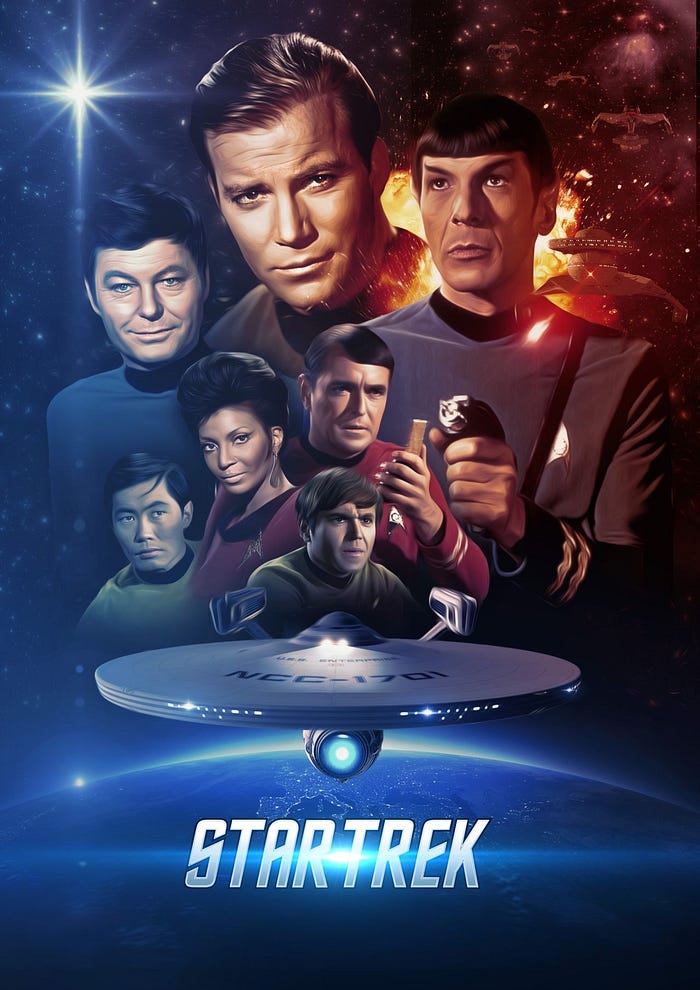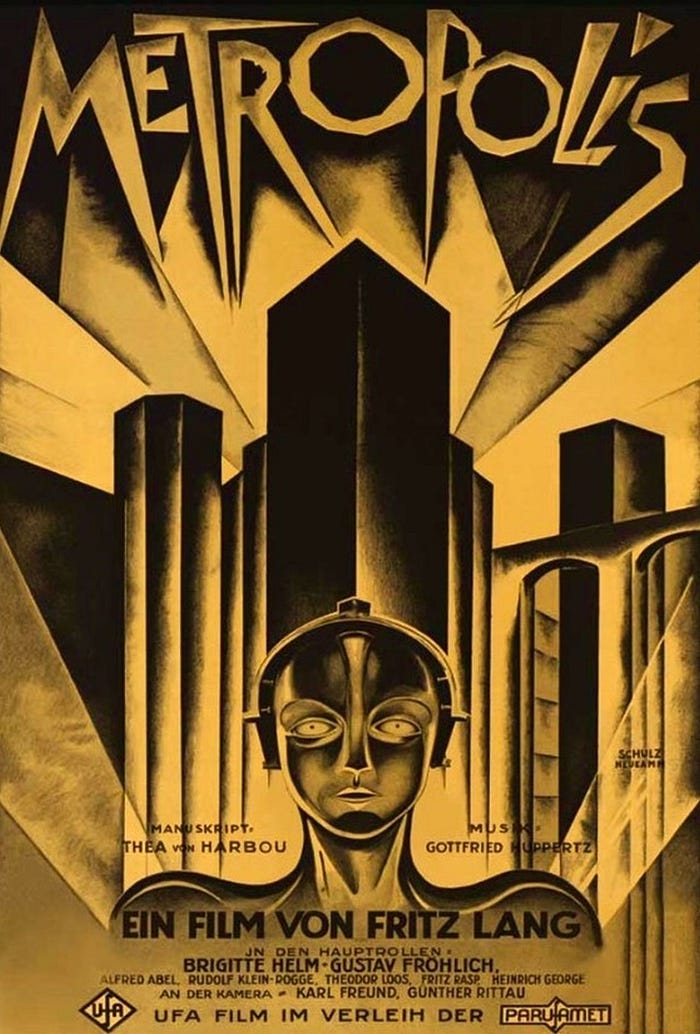The Prescience of Cinema: How Old Movies “Predicted” Today’s Technology
The realm of science fiction has often served as a playground for exploring futuristic concepts and technologies. Remarkably, many of the fantastical elements depicted in classic films have transcended fiction to become integral parts of our modern world.
Virtual Reality: A Vision Realized
Film Example: “The Lawnmower Man” (1992)
“The Lawnmower Man” is a seminal film that vividly imagined a future where virtual reality could transform the human mind. In the movie, VR is used for therapy and personal enhancement, prefiguring the multifaceted applications of VR today. Current Reality:
Current Reality:
- The global VR market was valued at USD 15.81 billion in 2020 and is projected to reach USD 62.1 billion by 2027, growing at a CAGR of 21.6% from 2021 to 2027 (Grand View Research).
- VR is now utilized in various fields including gaming, education, healthcare, and military training. For instance, the use of VR in medical training allows for immersive, hands-on experience without the risks associated with real-life procedures.
“Virtual Reality is the first step in a grand adventure into the landscape of the imagination.” — Frank Biocca, VR researcher.
Artificial Intelligence: From Sci-Fi to Daily Life
Film Example: “2001: A Space Odyssey” (1968)
Stanley Kubrick’s “2001: A Space Odyssey” introduced audiences to HAL 9000, an intelligent computer capable of speech, facial recognition, and autonomous decision-making. HAL’s capabilities eerily mirrored the advancements in AI that we see today. Current Reality:
Current Reality:
- The AI market size is expected to grow from USD 58.3 billion in 2021 to USD 309.6 billion by 2026, at a CAGR of 39.7% (MarketsandMarkets).
- AI technologies are embedded in daily life through personal assistants like Siri and Alexa, autonomous vehicles, and sophisticated data analytics tools. AI-driven applications enhance productivity, healthcare, and even creative industries such as art and music.
“The pace of progress in artificial intelligence is incredibly fast. Unless you have direct exposure to groups like DeepMind, you have no idea how fast — it is growing at a pace close to exponential.” — Elon Musk, CEO of Tesla and SpaceX.
Advanced Communication: From Fiction to Function
Film Example: “Star Trek” (1966–1969)
The original “Star Trek” series introduced the concept of the “communicator,” a portable communication device. This fictional gadget bears a striking resemblance to modern smartphones. Current Reality:
Current Reality:
- As of 2021, there are over 6.37 billion smartphone users worldwide, accounting for nearly 80% of the global population (Statista).
- Smartphones are not only communication devices but also hubs for social media, navigation, entertainment, and more, illustrating the vast expansion of their capabilities beyond what “Star Trek” envisioned.
“The cellphone has changed our lives. It has become a necessity. It’s our communicator, navigator, and entertainer.” — Martin Cooper, inventor of the mobile phone.
Robotics: Cinema’s Automated Future
Film Example: “Metropolis” (1927)
Fritz Lang’s “Metropolis” depicted a future where robots and humans coexist, with the iconic robot Maria representing the dawn of humanoid automation. Current Reality:
Current Reality:
- The robotics industry is expected to grow to USD 73.0 billion by 2025, with significant advancements in manufacturing, healthcare, and service industries (Allied Market Research).
- Modern robotics includes everything from industrial robots that perform precise manufacturing tasks to robotic exoskeletons that assist in medical rehabilitation.
“Robotics and other combinations will make the world pretty fantastic compared with today.” — Bill Gates, co-founder of Microsoft.
What can we learn from this?
The foresight exhibited by classic science fiction films underscores the profound impact of creative imagination on technological advancement. These movies did not merely entertain; they inspired generations of innovators to turn fiction into reality. The lessons from these cinematic predictions remind us of the boundless possibilities that lie ahead and the importance of visionary thinking.
Science fiction, as these examples show, serves as a crucial catalyst for technological progress, offering a glimpse into the future that drives innovation in the present. It remains vital to reflect on these visionary works, acknowledging the interplay between imagination and reality that propels human advancement.
www.iulianbondari.com








































